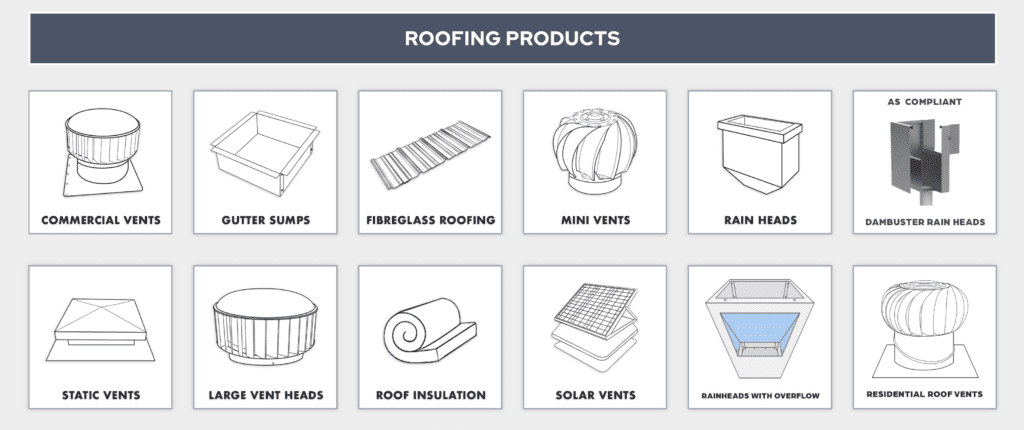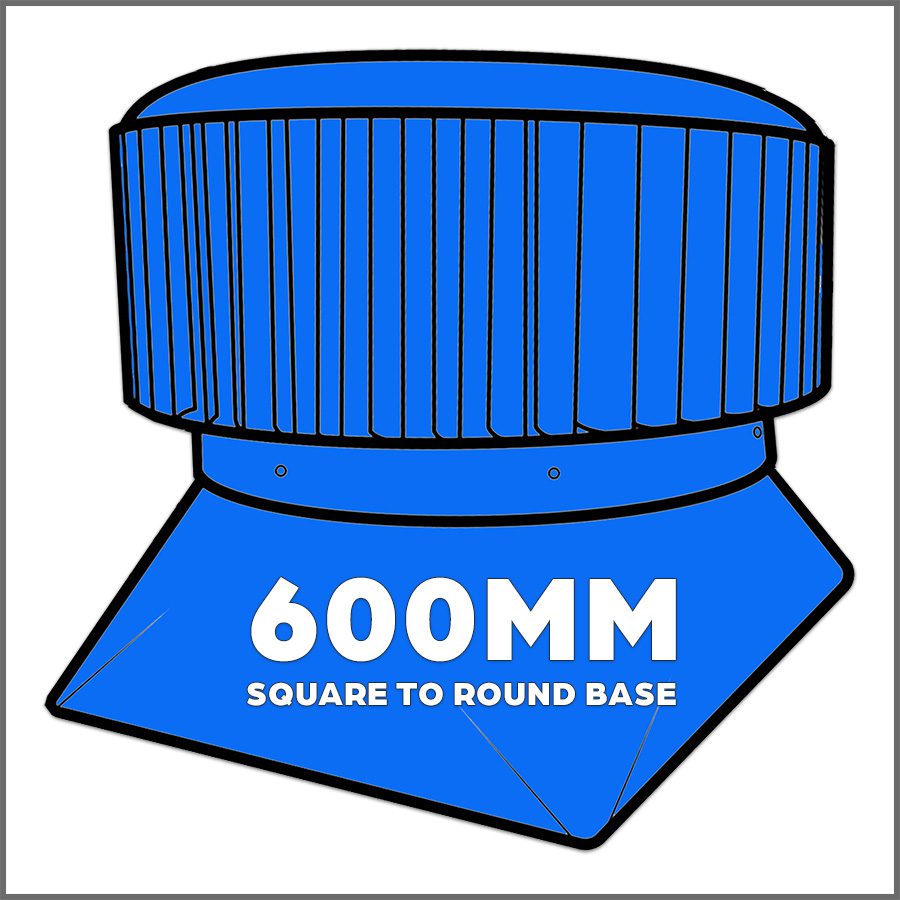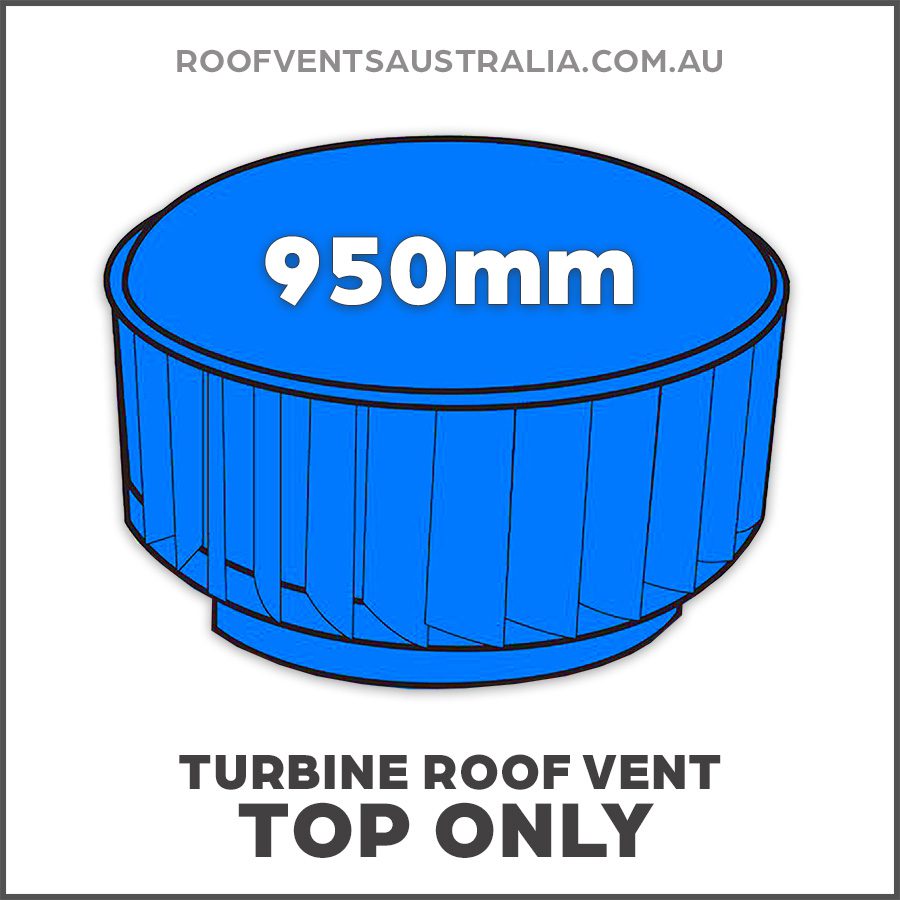Industrial Whirlybirds Melbourne Sydney Sold here Buy Now
Industrial Turbine Roof Vents – Tops Only or Whole Units >

Industrial Turbine Roof Vents – Tops Only or Whole Units >
A Comprehensive Guide to Industrial Whirlybirds: Cost, Installation, and Benefits in Melbourne and Sydney
Whirlybirds are a popular choice for ventilation in both residential and industrial buildings across Australia, particularly in Melbourne and Sydney. These turbine-like roof vents help circulate air, reducing heat and moisture buildup. This article explores the cost of installing whirlybirds, their effectiveness, and alternatives like solar roof vents, addressing common questions about their performance and installation.
Cost of Installing a Whirlybird
The cost of installing a whirlybird depends on several factors, including the size of the building, the number of units needed, and the complexity of the installation. On average, installation costs range from $200 to $700 per unit. This price includes the cost of the whirlybird itself and the labor for installation. For larger industrial buildings, additional units and a more complex installation process can increase the total cost.
Are Whirlybirds Effective?
Whirlybirds are effective in reducing heat and moisture buildup in buildings. They work by spinning in the wind, which creates a vacuum effect that draws warm air out of the building. This process can significantly lower indoor temperatures, particularly in hot climates like those in Melbourne and Sydney.
Do Whirlybirds Work Without Wind?
Whirlybirds rely on wind to operate effectively, but they can still function without it to some extent. When there’s no wind, the natural convection of warm air rising can cause the whirlybird to spin, albeit at a lower rate. However, their efficiency is significantly higher in windy conditions.
Do Whirlybirds Make Houses Colder in Winter?
Whirlybirds are designed to improve ventilation and reduce heat in buildings. They may contribute to a slight decrease in indoor temperature during winter, especially if there are other drafts or poorly insulated areas. However, the effect is generally minimal. It’s not common to cover whirlybirds in winter, but some people opt for a temporary cover to maintain indoor warmth.
Can Rain Get Into Whirlybirds?
Whirlybirds are designed to prevent rain from entering. They typically feature protective hoods and curved blades that redirect rainwater. However, in extreme weather conditions with strong winds and rain, there’s a slight possibility of moisture entering, though it’s rare.
Are Whirlybirds Better Than Roof Vents?
Whirlybirds are a type of roof vent, but their spinning mechanism sets them apart. Traditional roof vents are static and rely solely on natural air circulation, while whirlybirds use wind power to actively move air. This makes whirlybirds generally more effective at reducing heat and moisture.
Is a Solar Fan Better Than a Whirlybird?
Solar fans are another alternative to whirlybirds. They use solar energy to power a motorized fan, providing active ventilation even without wind. Solar fans tend to be more expensive, but they offer consistent performance regardless of weather conditions. The choice between a solar fan and a whirlybird depends on your specific needs, budget, and environmental conditions.
How Many Whirlybirds Do I Need for My House?
The number of whirlybirds needed for a house depends on its size and ventilation requirements. A general rule of thumb is one whirlybird for every 100 square meters of roof area. However, factors like ceiling height, insulation, and climate should also be considered. A professional installer can help determine the optimal number of whirlybirds for your specific situation.
Do Whirlybirds Make Noise?
Whirlybirds can produce some noise when spinning, but it is typically minimal. The noise level depends on the quality of the whirlybird, installation, and wind conditions. High-quality whirlybirds with smooth bearings are quieter, while cheaper models might produce more noise due to friction or imbalance.
Conclusion
Whirlybirds are a popular and cost-effective solution for ventilation in Melbourne and Sydney. They help reduce heat and moisture buildup, contributing to a more comfortable indoor environment. While they have limitations, such as reliance on wind and potential noise, they remain a practical choice for many buildings. If you’re considering whirlybirds for your property, consult with a professional to ensure proper installation and optimal performance.


